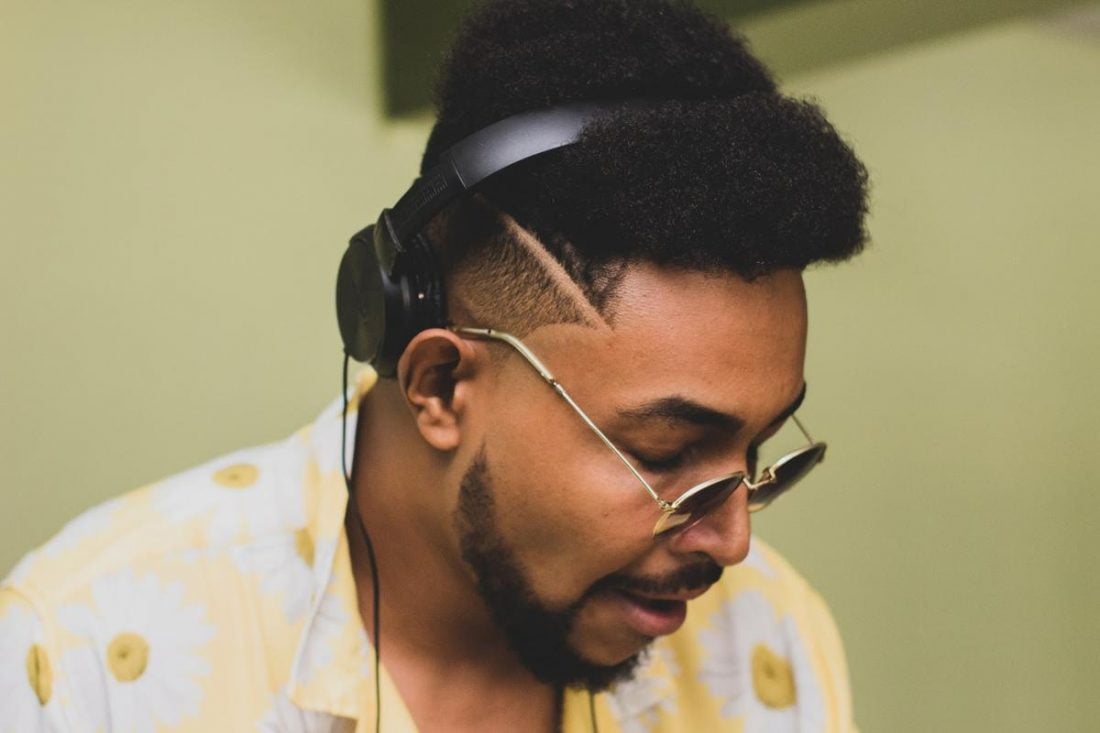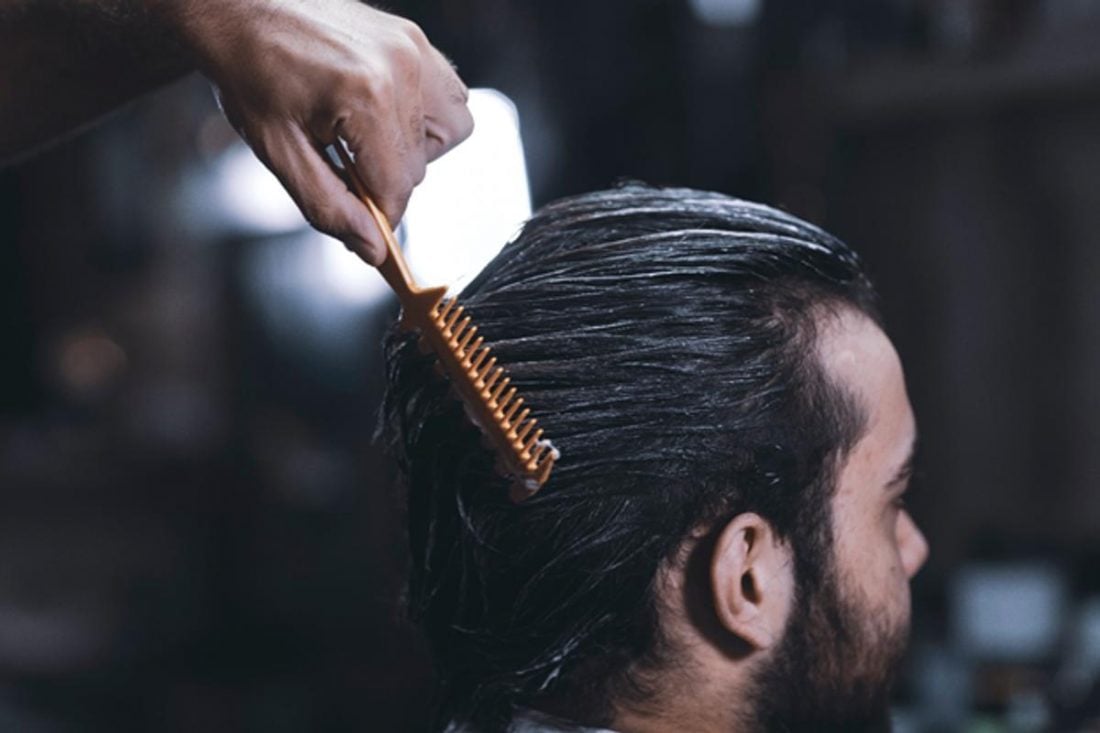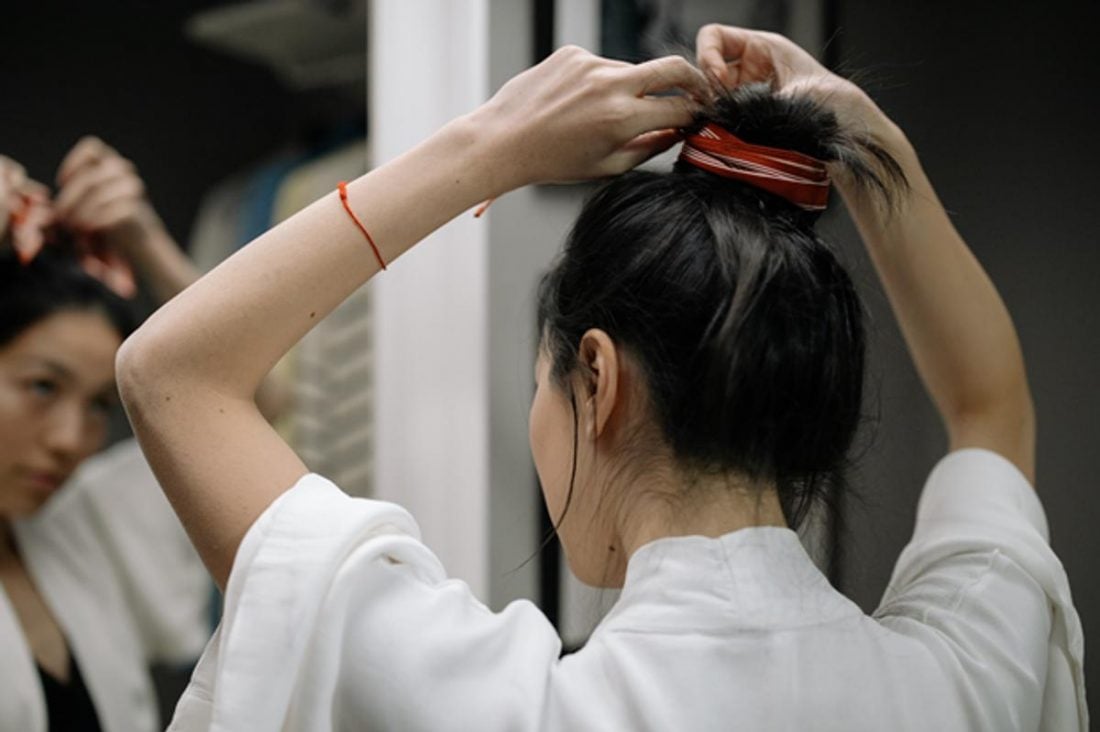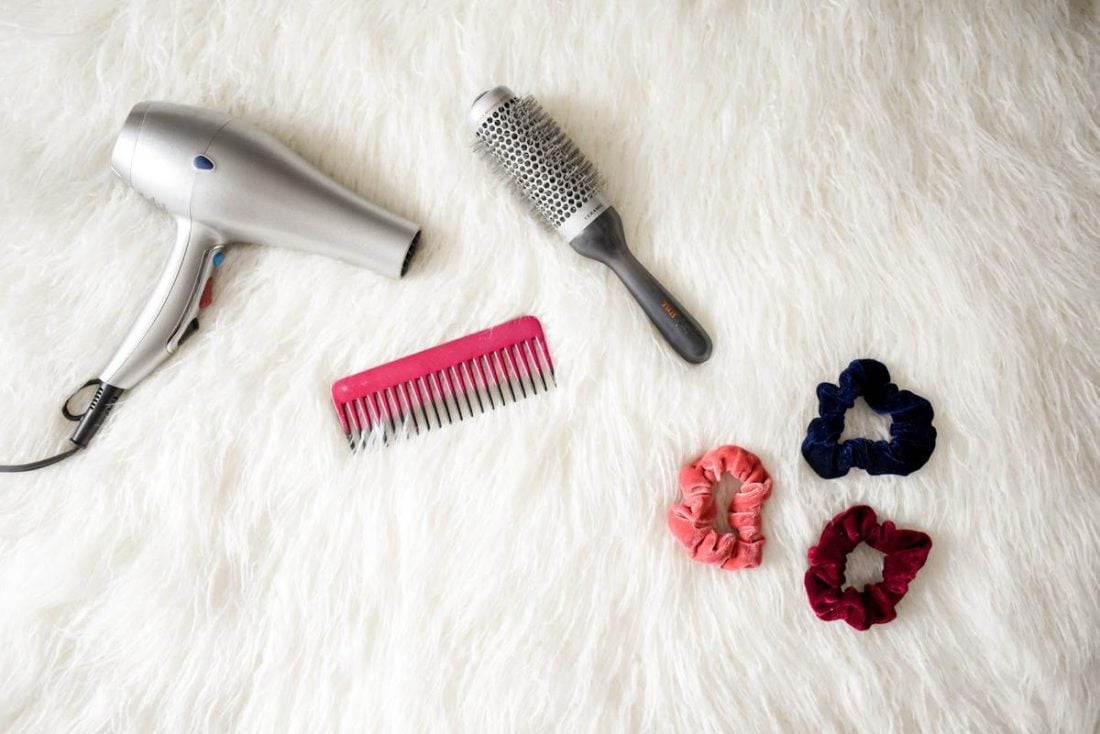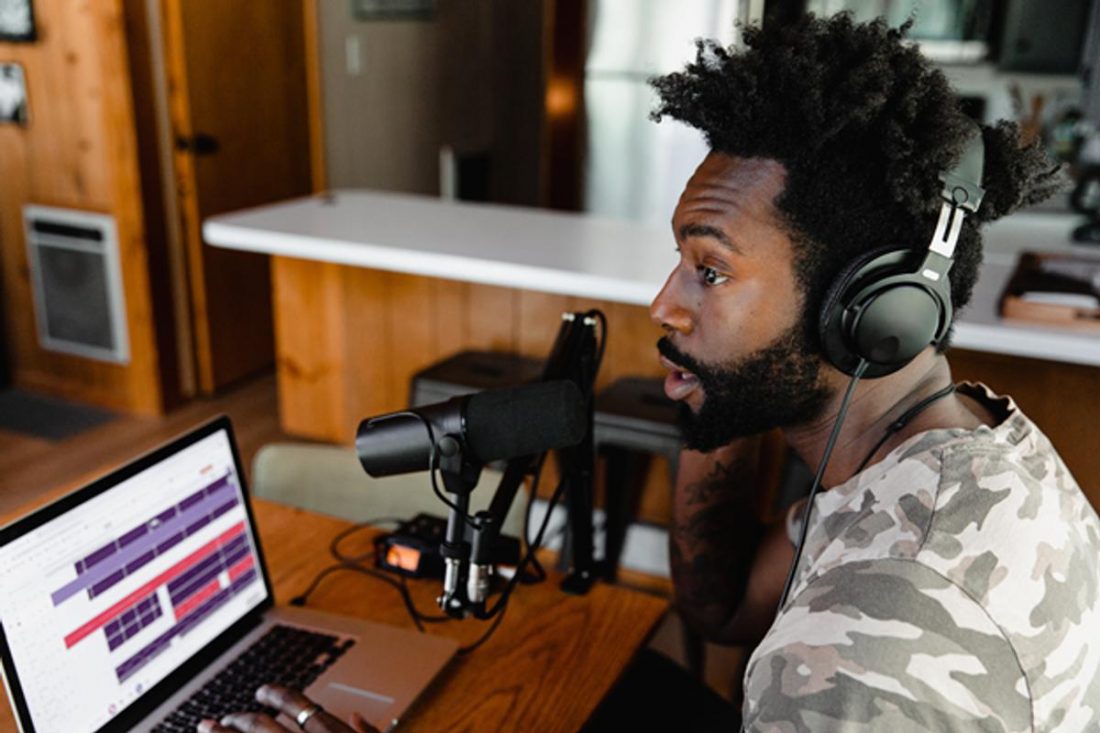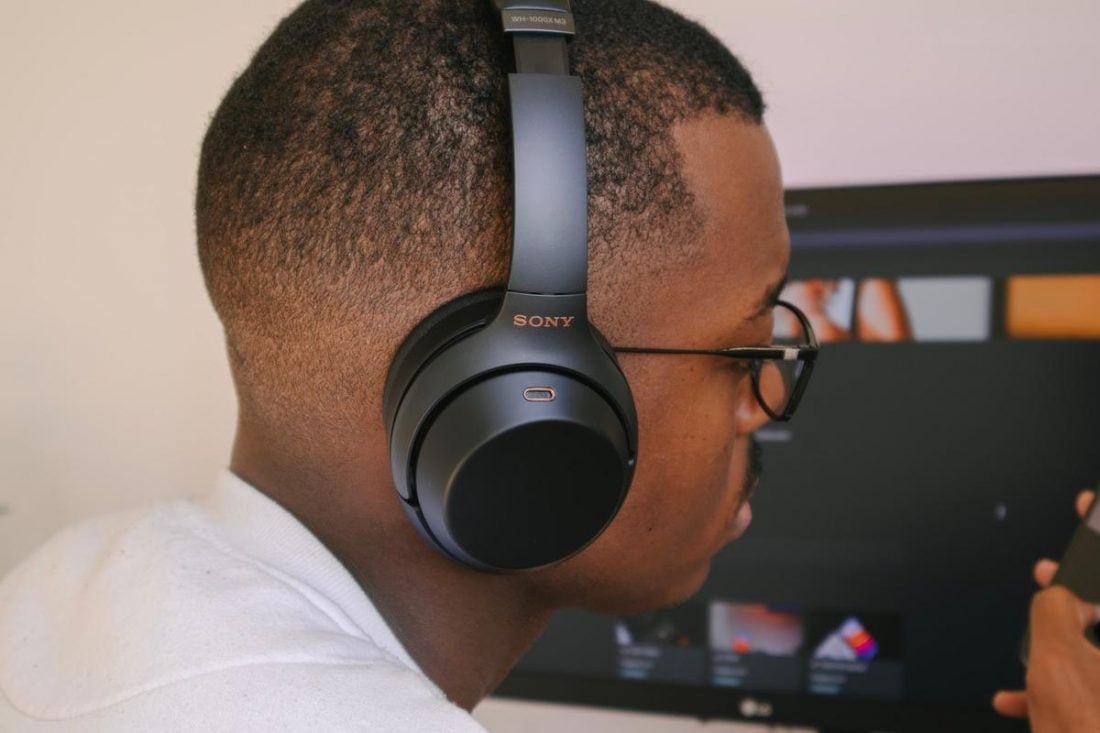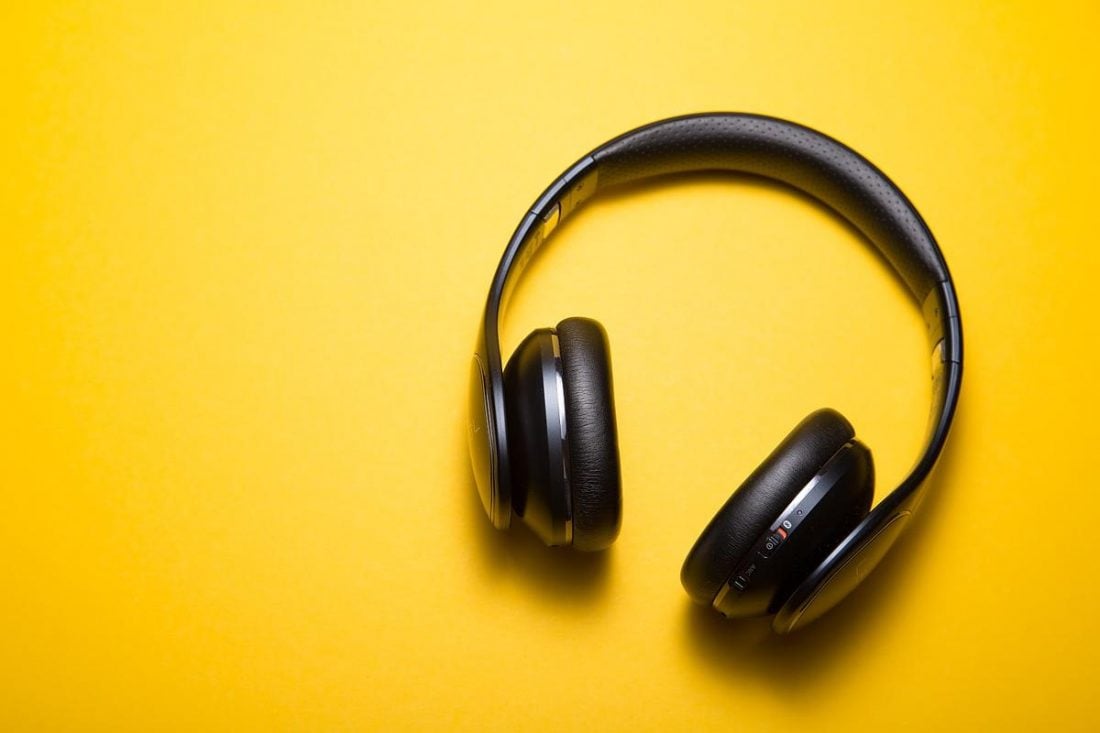Ever needed to remove your headphones after some time in the office, only to find a dent on your hair, where your headphone band used to be?This can make you feel a bit conscious about how you look, especially when professional environments like the workplace require you to always be on your best appearance. It gets even more frustrating when your headphone hair can’t be tamed even after combing it with your hands. At inopportune moments, like prior to important meetings, this can be extremely concerning, too! If you’re tired of worrying about your hair each time you use your headphones, this guide is for you. In this article, we’ll discuss how to deal with “headphone hair,” and how you can prevent it from occurring in the future.
What Is Headphone Hair?
Headphones are worn over the head, with a headband connecting its two ear pads. This headband, when worn for hours on end, can exert pressure on the hair and scalp, flattening the hair in that area. Considering how tight headphones usually are, this becomes even more of a problem… and not just aesthetically. The headband’s pressure upon your hair can also strain your hair cuticles, weakening them and causing damage. Moving around with tight headphones can also tug on the hair, loosening the hair shaft. With prolonged use, your hair may break or fall off due to all of these factors. However, this is only a cause for worry if you’re using headphones far too often in a day, each day of the week. Usually, your main concern with headphone hair is how it looks.
How to Fix Headphone Hair
Sometimes, it feels like nothing can fix headphone hair. But although headphone hair can be annoying, it’s usually not permanent. Here are quick and easy fixes to make your headphone hair less noticeable:
Utilize water
Need a cheap but reliable styling tool? Get a bit of water and you’re good to go. All you need to do is to wet your hair, comb it through, style it, then let it dry. A good way to wet the hair is through using a spray bottle, or through wetting a comb before running it through the hair. This gives you more control over how wet your hair gets and how you’ll be styling it.
Change your hairstyle
If you don’t have water and comb on hand, you can try changing up your hairstyle to hide your headphone hair instead. Ruffling the hair helps lift up your hair strands, while also giving your hair more volume. This method is more effective if you wet your hands prior to ruffling the hair, to make it easier to style. You can also opt to part your hair in a different way—this helps in hiding the portion of your hair that got flattened by your headphone band. Changing your hairstyle, meanwhile, can disguise headphone hair by hiding it completely, or masking it with a style that makes it less noticeable.
Use hair products
Another reliable solution is to use a variety of hair products to style your hair. Styling gels are first on the list—they’re convenient, easy to use, and they give quick results. Styling gels hold the hair in place, which means it’s a good option for unflattening your hair, getting it back to its usual look, and keeping it from going back down. If styling gels aren’t your thing, and you also have a bit of time in your hands, you can use a straightening iron or a hair dryer. Straightening irons make use of heat in order to temporarily change the hair’s structure. By using high temperatures to break down the hydrogen bonds that hold the hair’s keratin together, hair strands can momentarily be restructured and straightened. Hair dryers, meanwhile, use hot air to dry the hair. In doing so, it also adds more depth and volume. However, when used closer to the hair, hair dryers can have the same effect as straighteners. Hair dryers can also exert enough heat to temporarily restructure the hair’s keratin, making it easier to style.
How to Avoid Headphone Hair
While it’s good to know all these fixes to headphone hair, as they say, prevention is the best cure. You won’t have to deal with headphone hair if you know how to avoid it, and that’s what we’re here to talk about. Here are a few hacks you can try to prevent headphone hair:
Drop the headband to the back of your head or below the chin
Headphone hair develops because of pressure exerted by your headphone band on the top of your head. By repositioning the headband, you remove the pressure off the top of your head and, thus, avoid flattening the hair. Instead, start with placing your ear pads comfortably on each ear. But, rather than putting the headband directly atop the head, considering placing it at the back of the head or below the chin instead. This allows for a comfortable position as you wear your headphones, while also ensuring a good fit for your ear pads—all without the risk of having headphone hair.
Slightly change headphone band placement when in use
If you can’t bear the thought of placing your headphones’ band elsewhere, here’s a less drastic alternative—simply shift your headphone band position from time to time. Since headphone hair happens because of excessive pressure on a single area on the hair, changing the band placement every so often stops your hair from getting flattened. All you need to do is to move the headphone band’s position after certain time intervals. You can move it front first and then tilt it slightly back after an hour or so. This way, you can avoid the deep dent that forms across your hair. If dents do form, they won’t be as noticeable since less pressure was exerted on the hair. These dents will also be distributed on different areas, making headphone hair less obvious.
Go for longer hair or no hair at all
Extremely short hairstyles, like buzzed hair, aren’t likely to suffer from headphone hair since the hair strands simply aren’t long enough for headphone hair to form. Surprisingly, people with longer hair won’t have to worry about headphone hair as much, too. That’s because long hair is extremely easy to style—you can use your headphones as a headband, or put your hair in a ponytail to prevent it from getting flattened. In addition, longer hairstyles tend to move around a lot, which distributes the headband’s pressure to other parts of the hair and thus prevents headphone hair from forming. So, if you’ve been thinking of cutting your hair, that will definitely help with preventing headphone hair. Additionally, if you’re struggling with headphone hair and considering growing your hair, this is your sign to do so, too!
Give your hair (and ears) some time to rest
By removing your headphones occasionally, you can avoid having your hair squished for too long, saving you from the telltale dent from headphone hair. You can also save your ears from hearing loss when you let them rest, as listening for a long time can actually damage your ears. So, be conscious of how long you use your headphones each day. If possible, remove your headphones after an hour or so. Your hair and ears will surely thank you for it.
Choose the right headphones
Headphone hair can easily be avoided if you wear comfortable headphones that won’t push on your hair too much. To choose the perfect headphones, there are three things to look for: an adjustable headband, a lightweight design, and high-quality padding.
Adjustable headbands typically have sliding hinges that can contract or expand, allowing you to tinker with your headphones’ position to one most comfortable for you. With this, you can avoid making your headphones too tight that they dig into your hair and scalp. Lightweight headphones, meanwhile, don’t exert too much pressure on the head, making them perfect if you want to avoid headphone hair. For reference, headphones that weigh less than 0.55 lbs are considered lightweight, while anything above 0.75 lbs is pretty heavy already. Great headband padding can also make your headphones more comfortable to wear. They also help decrease the pressure and clamping exerted by your headphones on your head, thereby making headphone hair less likely. It also distributes the headphones’ weight more evenly, which removes the bulk of the pressure from your head.
Check out this article for more tips on how to make your headphones more comfortable.
Switch to earbuds
The easiest way to prevent headphone hair? Switch to earbuds instead. This is a perfect solution for you if you don’t want to go through the trouble of removing your headphones or changing up their position from time to time. Earbuds are worn directly in the ears. They’re smaller, more portable, and less bulky. Best of all, they don’t have to be worn over the head, so you won’t need to worry about headphone hair at all. They still have their downsides, though. Some people may not be too comfortable in putting earpieces inside their ear canal for hours, so make sure to keep this in mind if you plan to switch to earbuds instead. For more information about headphones and earbuds, take a look at this article on different types of headphones to know about.
Can Headphones Cause Hair Loss?
Throughout this article, we’ve been talking about how headphone bands exert pressure on the hair, ultimately leading to headphone hair. But can simply wearing earphones actually lead to something more serious, such as hair loss? It’s possible, but only very rarely. This has to do with a condition called traction alopecia. Now, what do headphones have to do with all of this? When worn too tightly, headphones not only exert significant pressure on the hair and scalp but also repeatedly tug on the hair. If you constantly move around while wearing tight headphones, your hair gets pulled repeatedly. Readjusting headphones without loosening them may cause traction on the scalp, too. In the long run, these factors can all lead to traction alopecia. The good news is, traction alopecia can easily be prevented. To start, ensure that your headphones aren’t too snug. It’s also a good idea to remove them every now and then, and not to use them for extended hours. You can also consider wearing your headphone band on your neck or behind the head to prevent it from tugging on your hair.
Conclusion
Well, that’s everything you need to know about fixing and preventing headphone hair. Just follow this guide, and you won’t have to worry about having a bad hair day all because of wearing headphones. Gone are the days of wearing a cap just to hide the awful dent on your hair! What do you think of the options we suggested? Think we missed out on anything? Let us know what you think!
